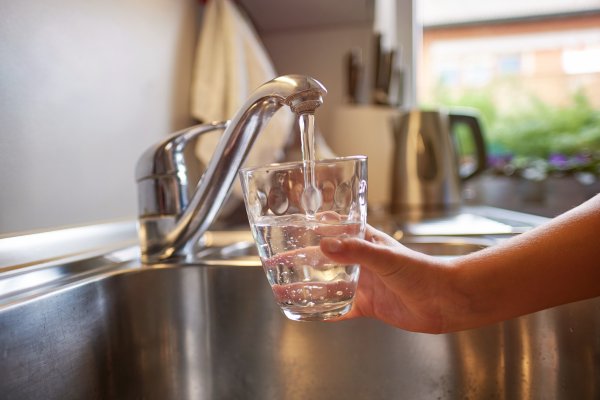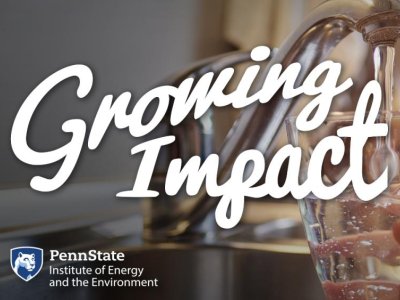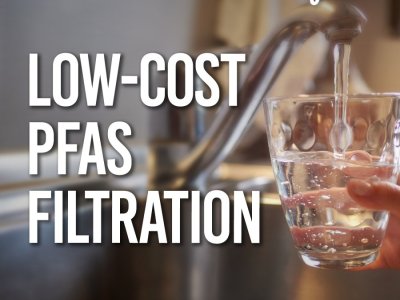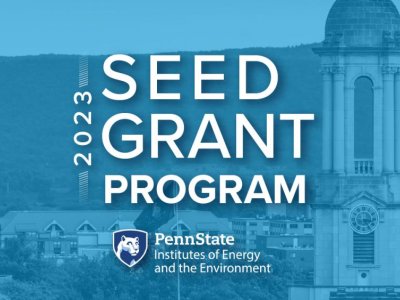
The presence of per- and polyfluoroalkyl substances (PFAS) has become a topic of urgent emerging concern as the public becomes increasingly aware of the near-ubiquitous presence of these compounds in drinking water supplies. These chemicals have been used in industry and consumer products since the 1940s, but recent concerns regarding their carcinogenicity have prompted new health advisories, guidelines, and standards for drinking water. While public drinking water suppliers in the United States have been monitoring for PFAS and are exploring viable technologies to reduce them, people on private wells face significant challenges. The cost associated with water quality analysis for PFAS is high, with quotes of ~$400 for the analysis of only two PFAS chemicals (there are thousands of compounds categorized as PFAS) in a single water sample. Unfortunately, residents reliant on private wells as their potable water supply are often in small, economically disadvantaged rural communities. Preliminary studies suggest that more than half of residents on private wells are exposed to PFAS at concentrations as high as 5 times above the considered safe.
Standard technologies used for removing PFAS are activated carbon filters and reverse osmosis membrane systems, which are expensive and energy-intensive systems. For economically disadvantaged residents, paying for PFAS analysis and treatment technologies to reduce their exposure to these chemicals presents a significant financial challenge. However, some treatment technologies exist that may be viable alternatives. Biochar is a low-cost, low-energy alternative to activated carbon that is typically produced from agricultural waste products and has been demonstrated to effectively remove trace-organic contaminants (e.g., pharmaceuticals) from water. Moringa seeds are also known to remove contaminants from water and have been used effectively to remove viruses and other pathogens. Both of these materials have the potential to reduce PFAS through various mechanisms, including hydrophobic partitioning onto the biochar materials and electrostatic interactions facilitating removal by the functional groups on the surface of the moringa seeds. Further, low-energy membrane technologies have been well- characterized and demonstrated to be effective in desalination. These membrane technologies have not been evaluated for PFAS removal but have the potential to provide comparable water quality benefits at a lower cost, as they have similar chemical compositions as traditional reverse osmosis membranes.
Here, we seek to evaluate the ability of 3 alternative treatment technologies: biochar, moringa seeds, and low-energy membranes to remove PFAS chemicals. A techno-economic analysis will be conducted for each treatment option, with the results of the biochar and moringa seed filters compared to activated carbon and the low-energy membranes compared to conventional reverse osmosis systems. The results of this seed grant will be leveraged in three ways:
- Inform homeowners who are concerned about PFAS levels and are looking for solutions that they can adopt in their homes that fit within their budget by working with Penn State Extension;
- Provide key preliminary data for external sources of funding through the NSF, USDA, and EPA; and
- Establish industry partnerships with companies who are developing new PFAS treatment technologies and/or working with public/private drinking water treatment plants to evaluate treatment options.








